Synthetic Data Resource and Benchmarks for Time Cell Analysis and Detection Algorithms
- PMID: 36823166
- PMCID: PMC10027052
- DOI: 10.1523/ENEURO.0007-22.2023
Synthetic Data Resource and Benchmarks for Time Cell Analysis and Detection Algorithms
Abstract
Hippocampal CA1 cells take part in reliable, time-locked activity sequences in tasks that involve an association between temporally separated stimuli, in a manner that tiles the interval between the stimuli. Such cells have been termed time cells. Here, we adopt a first-principles approach to comparing diverse analysis and detection algorithms for identifying time cells. We generated synthetic activity datasets using calcium signals recorded in vivo from the mouse hippocampus using two-photon (2-P) imaging, as template response waveforms. We assigned known, ground truth values to perturbations applied to perfect activity signals, including noise, calcium event width, timing imprecision, hit trial ratio and background (untuned) activity. We tested a range of published and new algorithms and their variants on this dataset. We find that most algorithms correctly classify over 80% of cells, but have different balances between true and false positives, and different sensitivity to the five categories of perturbation. Reassuringly, most methods are reasonably robust to perturbations, including background activity, and show good concordance in classification of time cells. The same algorithms were also used to analyze and identify time cells in experimental physiology datasets recorded in vivo and most show good concordance.
Copyright © 2023 Ananthamurthy and Bhalla.
Conflict of interest statement
The authors declare no competing financial interests.
Figures
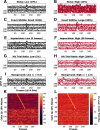
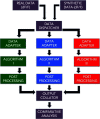

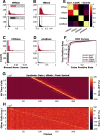

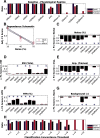
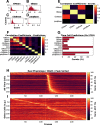

References
Publication types
MeSH terms
Substances
LinkOut - more resources
Full Text Sources
Miscellaneous
